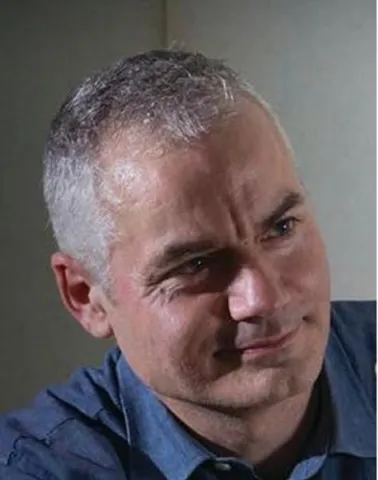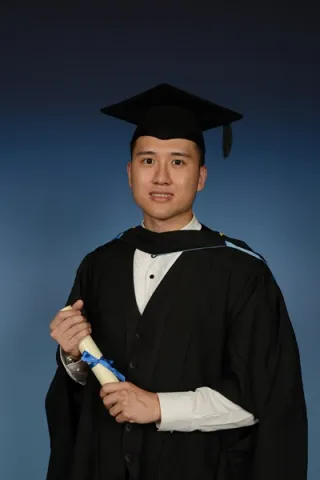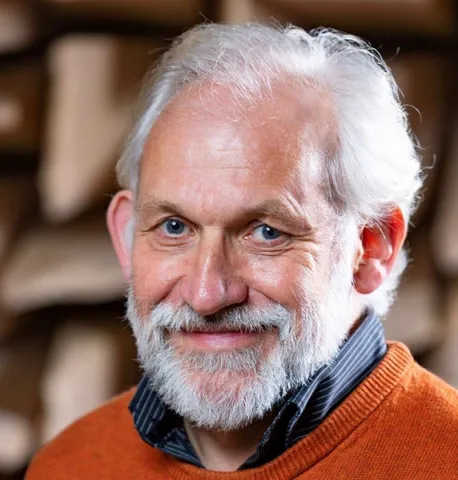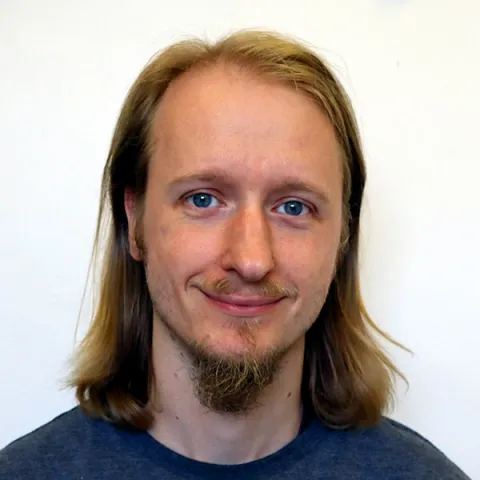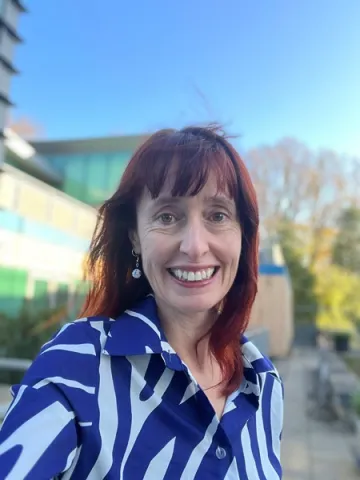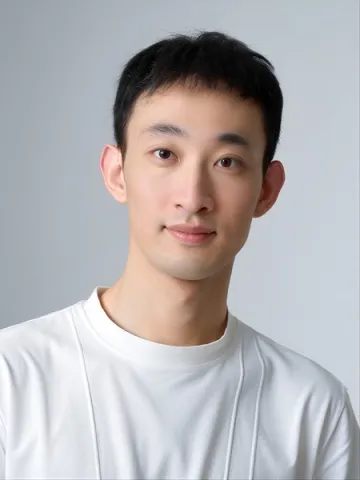Signal Processing Audio and Hearing Group
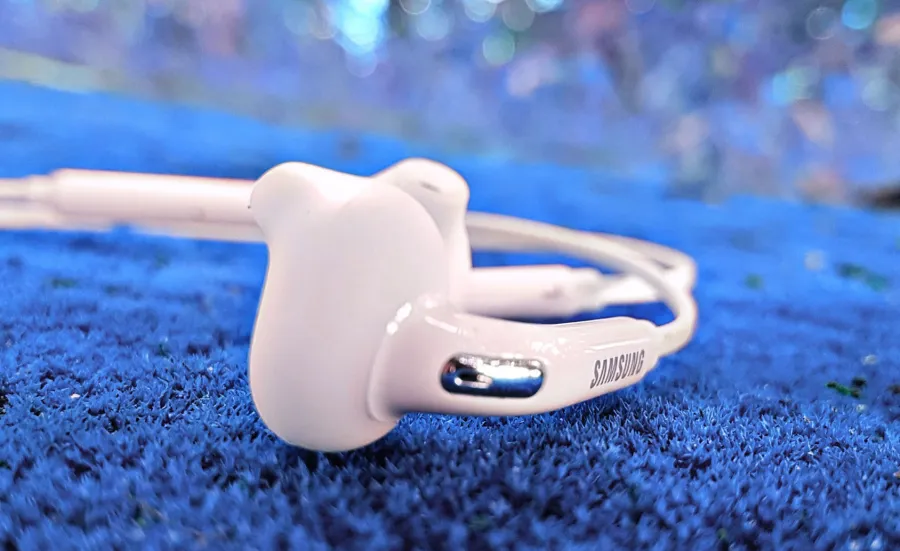
We research the processing, perception and control of complex signals.

We research the processing, perception and control of complex signals.

We develop technological innovations related to both engineering and the human science aspects of acoustics.
Our main research areas are:
Our work also extends beyond acoustics to:

My research focuses on the use of active control technologies to enhance the performance of systems in terms of their sound and vibration characteristics.
